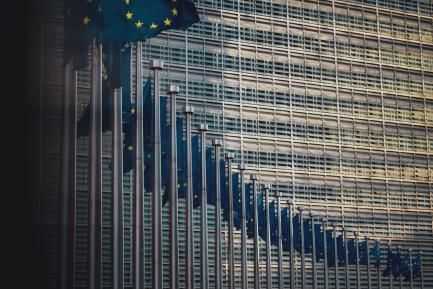A return to investment in the US: better late than never
The US economy has yet to fully recover from the Great Recession, an exceptionally large crisis in many different ways: intensity, duration and geographical scope, all plunged into financial dysfunctions the like of which had not been seen since the beginning of the last century. Such circumstances not only affected the recessionary period per se (between the end of 2007 and mid-2009) but have also lasted into the recovery stage. After almost five years, the pace of growth in the US is still shy compared with other post-recession periods and, to a large extent, this is due to the weakness seen in corporate investment. After a recession, companies with reduced inventories and rising demand normally increase their capital expenditure. This initial action is generally accompanied by improved confidence levels, both among businesses and consumers, accentuating and spreading the desire to invest through a self-perpetuating process. However, in the current cycle the engine of investment did not get off to a quick start nor has it been able to gather speed subsequently. A comparison with the cycle in the 1980s is revealing: this time round, it has taken twice as long to get back to the pre-crisis volume of investment. Such a poor performance has significant implications both in the short term (for job creation) and in the long term (for potential growth).
This lacklustre investment has surprised everyone, particularly given the theoretically encouraging conditions: incredibly low interest rates (even reaching negative terrain), totally recovered corporate earnings and healthy company balance sheets. One factor that has hindered investment is uncertainty, firstly due to the complexity of the crisis and then to economic policy responses that have been as aggressive as they are innovative (from monetary to fiscal and including regulatory) and therefore full of uncertainty. Another explanation is that, during this recovery, the US economy has generally provided much more excess capacity than in previous cycles, reducing the need for investment in the midst of generalised economic lethargy.
Nonetheless 2014 looks like being the year when investment will pick up steam. This revival is supported by four basic factors. Firstly, the improved economic outlook for the country as a whole. Having overcome the first quarter slump due to adverse weather conditions, most business sentiment and consumer confidence indicators are pointing in this direction. Secondly, less economic and political uncertainty, the latter thanks to the Republicans and Democrats reaching certain minimal agreements in the area of budget policy and as the big changes in financial regulation come in to play. Thirdly, the ageing of capital, precisely because of the lack of investment in the last few years, forcing companies to replace it, particularly in a favourable context for industry located within the US to recover, thanks to phenomena such as the energy revolution of petroleum and shale gas. And fourthly, the continuation of favourable financial conditions. Based on these factors, our main scenario predicts that investment will pick up over the coming quarters, placing its growth rate at a strong 8% saar in the second half of 2014 and around 6% in 2015.




